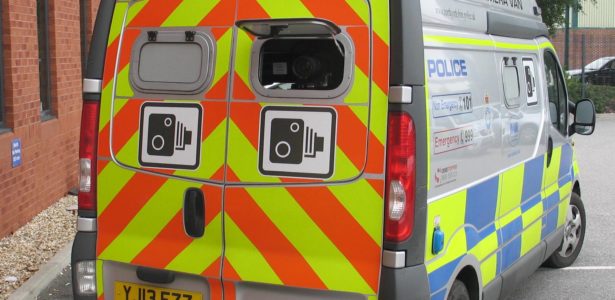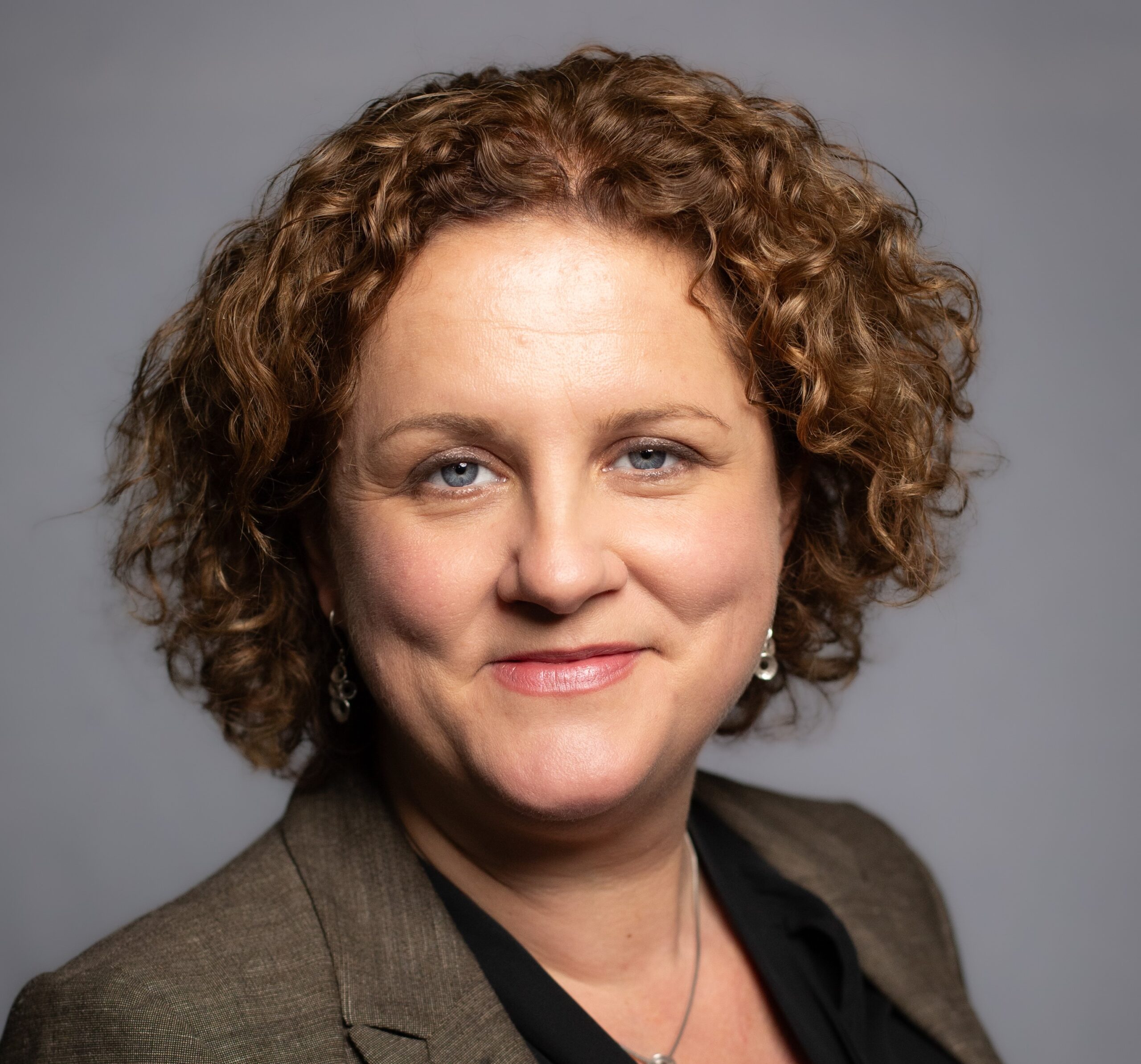You said, I did

Without doubt, the number one issues raised with me, be it on the doorstep, when I’m on the radio, via email and letter and at public meetings or surgeries, is road safety. Most often speeding in towns and villages, sometimes loud motorcycles in our rural patches, often drivers using mobile phones, unsafe overtaking. The list goes on.
I know road safety came out as a particular priority in Harrogate when I consulted generally about the Police and Crime Plan, and in fact is one of the four priorities for Harrogate Borough.
To test the waters across North Yorkshire, I held a road safety survey in 2014. The results were stark. You can visit my website for the full breakdown of the survey results, but of the 2,500 people who completed the survey 80 percent were concerned about road safety and 72 percent believed that more needed to be done to improve road safety through education and enforcement. Given the clear public view on this issue, it has been a mainstay of the Police and Crime Plan ever since.
Given the emphasis put on this issue by the people of North Yorkshire, I have invested in this part of policing a lot over the years. I did so again earlier this month by doubling the number of mobile safety cameras and approving the Community Speed Watch scheme.
I know there are many road users who want to see the back of North Yorkshire Police’s Safety Camera Vehicles (SCVs), but it is quite clear to me that the majority welcome them, want more and see their benefit.
Not only will there now be more, six more, but they will be more mobile and more flexible than ever before. The new vehicles will be smaller than the current vans, which makes them especially suitable for deployment in rural locations. At present, the existing fleet cannot be used on many country roads because they require a certain amount of hard-standing to be stationed safely. This is less of a requirement on the new smaller vehicles, so they can be used in a wider range of locations, including on roads that are currently unsuitable for the large vans. As a result, more communities than before will be able to benefit from the positive impact that camera safety vehicles provide.
I am particularly pleased that the new vehicles will be able to better support our rural communities. Being deployed in predominately rural areas and of course are now better suited to rural roads. Not only is that something the rural community have specifically raised with me, but the added benefit of visible policing in rural areas will help us tackle rural and cross-border crime.
To bolster the new Rural Crime Task Force (see last month’s column), the new SCVs will carry Automatic Number Plate Recognition (ANPR) technology. Two birds, one stone. So, not only will the vehicles tackle wider issues of anti-social road use, but also keep a keen eye on any cross-border criminality, which is a significant issue in many rural communities.
First and foremost though, these vehicles can help us continue to reduce the number of people killed or seriously hurt on North Yorkshire’s roads. In road safety terms, the number of fatalities on North Yorkshire’s roads has reduced by around a third since 2010 when safety camera vans were first piloted in the region. Sadly 33 people still lost their lives on our roads in 2015. An improvement on 50 who lost their lives on 2010, but still 33 too many. I am committed to improving road safety in North Yorkshire, and I am confident these vehicles have played a key part in the reduction of people hurt on our roads.
There are of course those people who believe the vehicles are there merely to raise money. I got a lot of emails to that effect too. But nothing could be further from the truth. Firstly, we publish where the vehicles will be located a week in advance, so there is no question of surprise sites. Any money raised goes directly into road safety and does not go towards general policing coughers. To try and bust some myths I have committed to publishing an Annual Report on the vehicles, the first of which was put in the public domain recently. There will be one each year that details the exact locations of the vehicles, the money raised, what it was spent on and how many violations have been recorded. Transparency is my watchword, and I hope it goes some way to reassuring those in doubt that these vans really are there to support beleaguered communities, tackle rural crime and save lives.
For those areas which do not benefit from the SCVs we now have Community Speed Watch. An educational rather than enforcement scheme, this is giving local people the chance to get involved and make a difference. Again, more information is on my website, just google Julia Mulligan, but if you feel you can volunteer time to tackle perceived speeding in your community, get involved.
